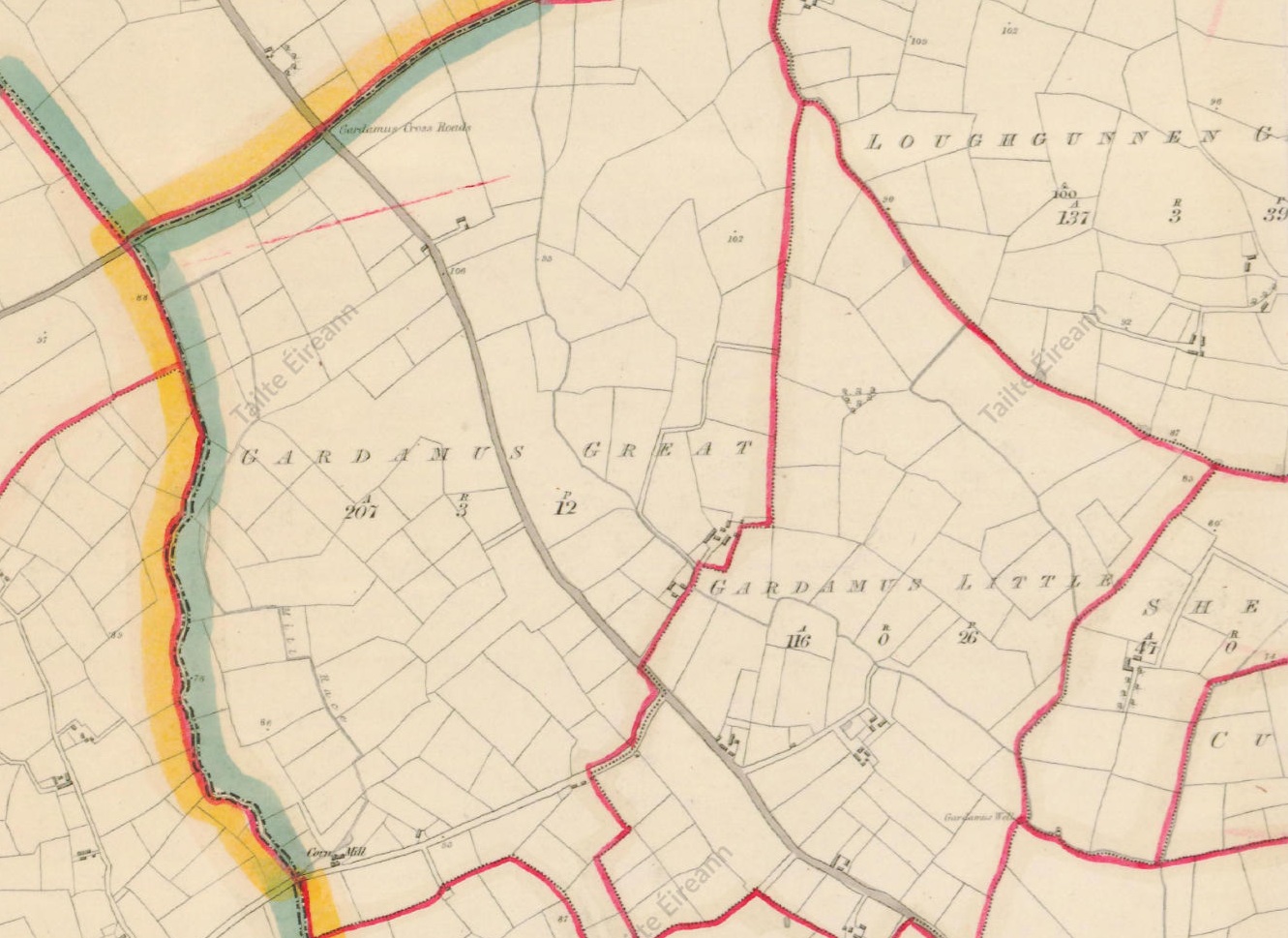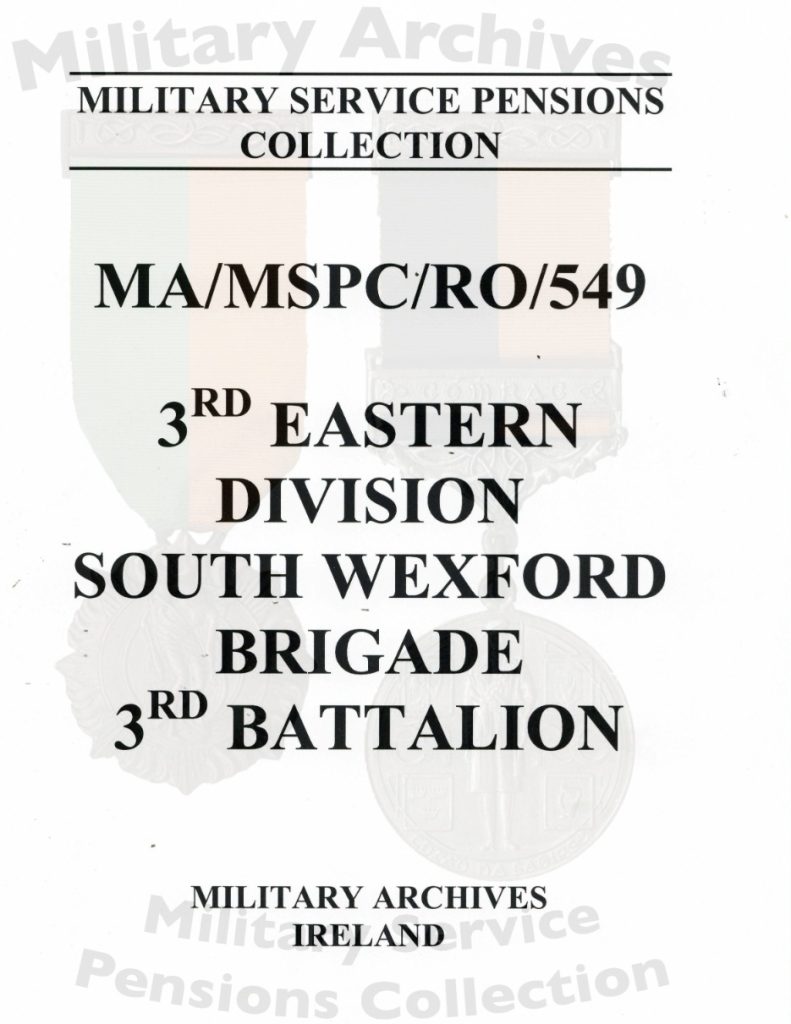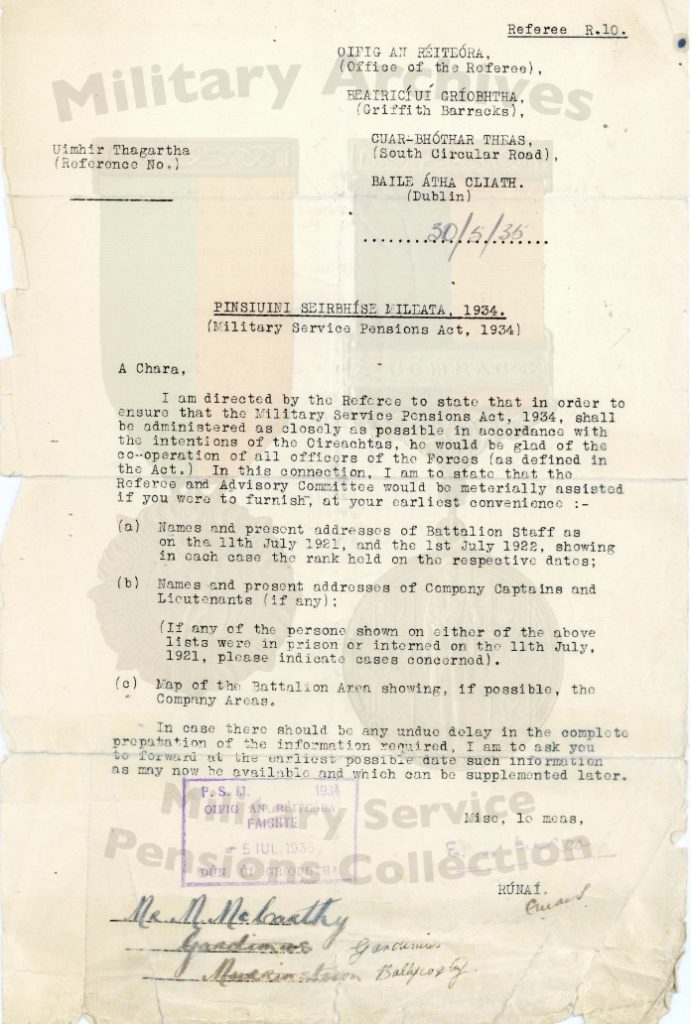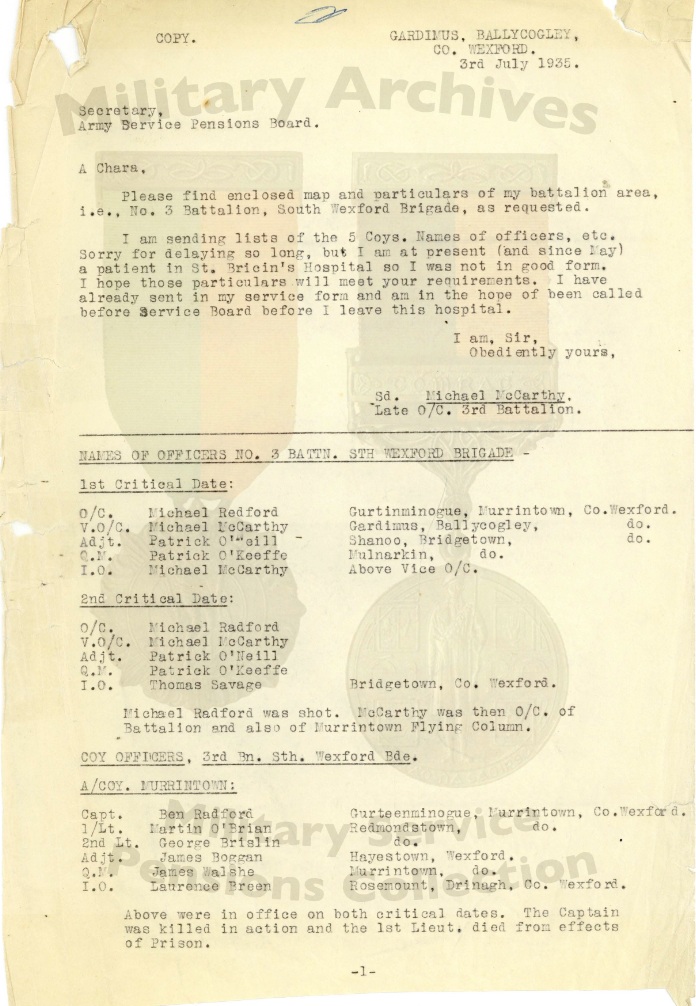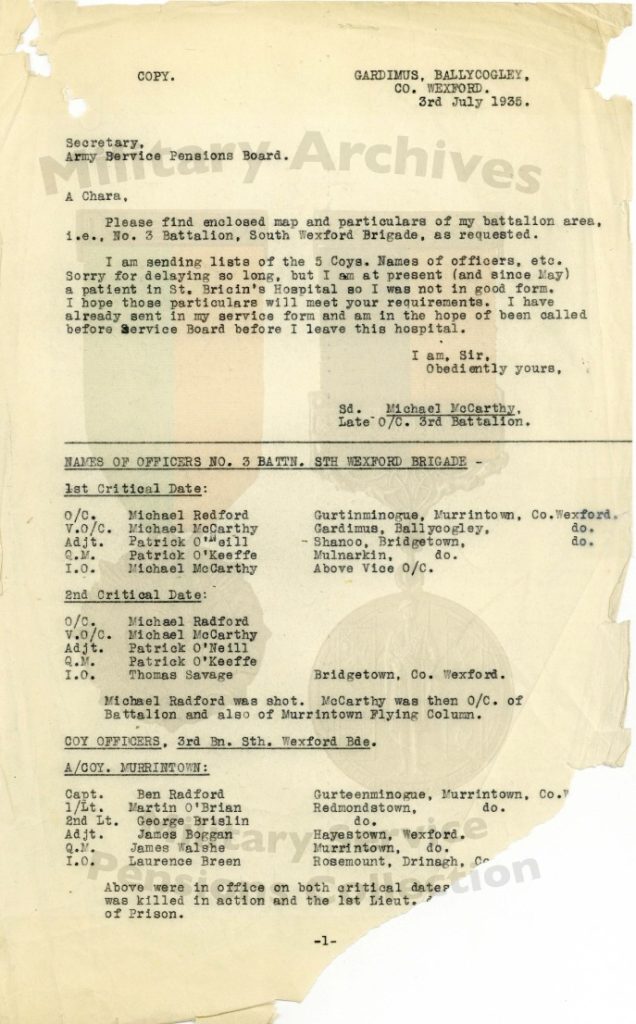March 15, 2025
Gardamus Little House (McCarthy’s Family Home)
The house at Gardamus Little, Co. Wexford, was the family home of Michael J. McCarthy’s relatives and is directly linked to his paternal lineage. This traditional late 19th or early 20th-century farmhouse, recorded in the National Inventory of Architectural Heritage (source), reflects the longstanding presence of the McCarthy (Carthy) family in Gardamus. The structure, with its simple vernacular form, pitched slate roof, and rendered walls, is characteristic of rural farmhouses in County Wexford. The associated farm buildings and surrounding landscape highlight the agricultural heritage of the McCarthy/Carthy family, who owned and worked the land for generations.
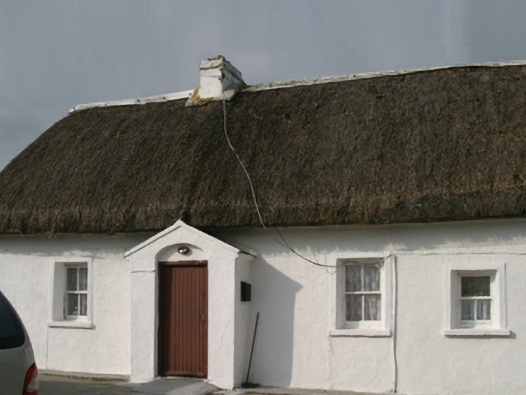
This house serves as tangible evidence of the McCarthy family’s historical roots in Gardamus, reinforcing genealogical findings that link Michael J. McCarthy to Thomas and Michael Carthy of the 1911 Census. The presence of this building in the Irish National Inventory of Architectural Heritage further cements its importance as a historical and familial landmark in the McCarthy family history. This cottage only left the McCarthy family ownership in the last 20 years.
